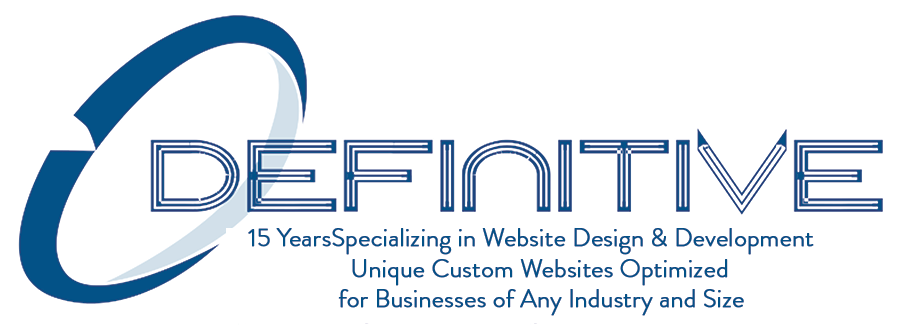 Sometimes after age 40, people begin to experience blurred near vision when performing tasks such as reading, sewing or working at a computer. This change is called Presbyopia. There’s no getting around it – Presbyopia happens to everyone at some point in life, even those who have never had a vision problem before. With the onset of Presbyopia, you’ll find you need to hold books, magazines, newspapers, menus and other reading materials farther away in order to see the print clearly. Headaches and eyestrain when reading or performing other near work after age 40 are other symptoms. Presbyopia is an age-related loss of flexibility of the lens inside the eye. This is different from Astigmatism, Myopia (nearsightedness) and Hyperopia (farsightedness), which are related to the shape of the eyeball and occur early in life. When the lens becomes hardened and less elastic, the eye has a harder time focusing up close.
Sometimes after age 40, people begin to experience blurred near vision when performing tasks such as reading, sewing or working at a computer. This change is called Presbyopia. There’s no getting around it – Presbyopia happens to everyone at some point in life, even those who have never had a vision problem before. With the onset of Presbyopia, you’ll find you need to hold books, magazines, newspapers, menus and other reading materials farther away in order to see the print clearly. Headaches and eyestrain when reading or performing other near work after age 40 are other symptoms. Presbyopia is an age-related loss of flexibility of the lens inside the eye. This is different from Astigmatism, Myopia (nearsightedness) and Hyperopia (farsightedness), which are related to the shape of the eyeball and occur early in life. When the lens becomes hardened and less elastic, the eye has a harder time focusing up close.
Treatment
- Bifocal/Progressive Addition Lenses (PALs): Eyeglasses with Bifocal or Progressive Addition Lenses (PALs) are the most common correction for Presbyopia.
Bifocal means two points of focus: the main part of the eyeglass lens contains a prescription for Myopia (nearsightedness), Hyperopia (farsightedness() and/or Astigmatism, while the lower portion of the lens holds the stronger near prescription for close work.
Progressive Addition Lenses (PALs) are Multi-focal Lenses that offer a gradual transition between a number of lens powers for different viewing distances, with no visible lines in the lens.
- Reading Glasses: Unlike Bifocals and Progressive Addition Lenses, which most people wear all day, reading glasses are typically worn just during close work. If you wear Contact Lenses, Dr. O’Day can prescribe reading glasses to wear over your contacts for near vision tasks. You may also purchase non-prescription “readers” over-the-counter at a retail store for the same purpose.
- Multi-focal Contact Lenses: available in gas permeable (GP) or soft lens materials, also are available for Presbyopes.
- Monovision: Another type of Contact Lens correction for Presbyopia is Monovision, in which one eye wears a distance prescription, and the other wears a prescription for near vision. The brain learns to favor one eye or the other for different tasks.
Because changes in the lens of your eye continue as you grow older, your Presbyopic prescription will increase over time. Dr. O’Day will prescribe a stronger correction for near work as you need it.
Presbyopia Surgical Options
- Monovision LASIK: Surgical options for the correction of Presbyopia also exist. If you also have Myopia (nearsightedness), Hyperopia (farsightedness), or Astigmatism, Monovision LASIK eye surgery can correct these problems and decrease your dependence on reading glasses as well. It’s also expected that a Multifocal LASIK treatment option for Presbyopia will soon be available in the United States.
- Conductive Keratoplasty (CK): If you only need glasses for reading and close work, Conductive Keratoplasty (CK) may be a good option. This surgical technique is less invasive than LASIK and can be performed on one eye for a Monovision correction.
- Refractive Lens Exchange (RLE): Another surgical treatment for Presbyopia is Refractive Lens Exchange (RLE), where your eye’s hardened lens is removed and replaced with a special type of Intraocular Lens (IOL) to restore your distance vision and near vision lost to Presbyopia. This procedure is similar to Cataract surgery, and is more invasive than CK or LASIK.
Because the field of vision correction surgery is changing rapidly, ask Dr. David O’Day, M.D. for the latest information about surgery for Presbyopia if you are interested in this treatment option.
If you are experiencing any of the symptoms listed here and suspect you may have Presbyopia, contact our expert eye care team at Charleston Cornea & Refractive Surgery at one of three locations. The centers are conveniently located in Mount Pleasant, North Charleston, and Myrtle Beach SC. Call us at (843) 856-5275 for more information.

